Index of Filmleaf reviews of ND/NF 2013
THE ACT OF KILLING (Joshua Oppenheimer 2012)
ANTON’S RIGHT HERE (Lyubov Arkus 2012)
BLUE CAPRICE (Alexandre Moors 2012)
BURN IT UP DJASSA (Lonesome Solo 2012)
LES COQUILLETTES (Sophie Letourneur 2012)
THE COLOR OF THE CHAMELEON (Emil Christov 2012)
DIE WELT (Alex Pitstra 2012)
EMPEROR VISITS THE HELL (Li Luo 2013)
A HIJACKING (Tobias Lindholm2012)
JARDS (Eryk Rocha 2012)
JISEUL (O Muel 2012) 109min
KÜF (Ali Aydin 2012)
LEONES (Jazmin Lopez 2012)
L’INTERVALLO (Leonardo Di Costanzo 2012)
OUR NIXON (Penny Lane 2013)
PEOPLE’S PARK (Libbie D. Cohn & J.P. Sniadecki 2012)
RENGAINE (Rachid Djaďdani 2012)
THE SHINE OF DAY (Tizza Covi & Rainer Frimmel 2012)
SOLDATE JEANNETTE (Daniel Hoesl 2012)
STORIES WE TELL (Sarah Polley 2012)
THEY’LL COME BACK (Marcelo Lordello 2012)
TOWER ( Kazik Radwanski 2012)
TOWHEADS (Shannon Plumb 2013)
UPSTREAM COLOR (Shane Carruth 2012)
VIOLA (Matías Pińeiro 2013
Forums comments and notifications thread for these two series is here.
Still from A Hijacking
__________________________________________________ _________________________
Film Comment Selects (February 18-28, 2013) and NewDirectors/NewFilms (March 20- 31, 2013) are two important separate series put on early in the year by the Film Society of Lincoln Center, FCS a series chosen by staff members of the Film Society of Lincoln Center's in-house monthly, New Directors in collaboration with the Museum of Modern Art. I will cover the press & industry screenings of New Directors/New Films, which generally include all the selections. Of Film Comment Selects I will see only a few. That series is spread out and lately has not had a program of press screenings. In between these two every year is the FSLC-UniFrance series, Rendez-Vous with French Cinema (February 28-March 10, 2013). If I can I will provide thorough coverage of all the films of both the Rendez-Vous and New Directors, or all the new ones anyway.
Manohla Dargis has an introduction to Film Comment Selects 2013 in the NYTimes. (Feb 18, 2013).
From the New York Times online "Arts Beat" of 16 Jan. 2013:
Seven Features Announced for New Directors/New Films Series
By DAVE ITZKOFF
Sarah Polley’s documentary exploration into her own family and Shane Carruth’s followup to his 2004 debut, Primer, are among the features that will be presented at this year’s New Directors/New Films series, the annual program presented by the Museum of Modern Art and the Film Society of Lincoln Center, the organizations said on Wednesday.
Among the seven films announced so far for the program, which will run from March 20 through 31, is Stories We Tell, a nonfiction feature directed by Ms. Polley (Take This Waltz, Away From Her) that combines home movies, re-creations and interviews with family members to tell the story of her mother, Diane. The series will also present Upstream Color, a new film written and directed by Mr. Carruth, and which is described in a news release as "a love story embedded in a horrifying kidnap plot whose full import isn’t revealed until the final, poignant moments."
The five other selections for New Directors/New Films that were announced on Wednesday are The Color of the Chameleon, a darkly comic spy film by the Bulgarian director Emil Christov; A Hijacking, a thriller by the Danish director Tobias Lindholm; Hold Back, by the French director Rachid Djaďdani, about a black Christian man who becomes engaged to marry a Muslim Arab woman; Peoples Park, by J.P. Sniadecki and Libbie Dina Cohn, which explores a Chinese public square in a single tracking shot; and Viola, in which the Argentine director Matías Pińeiro updates the story of Shakespeare’s Twelfth Night in modern-day Buenos Aires.



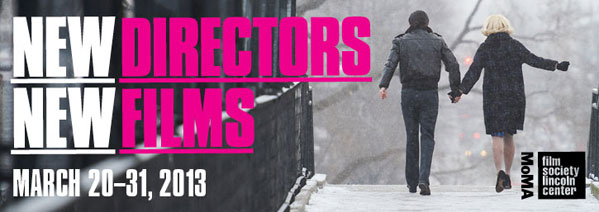
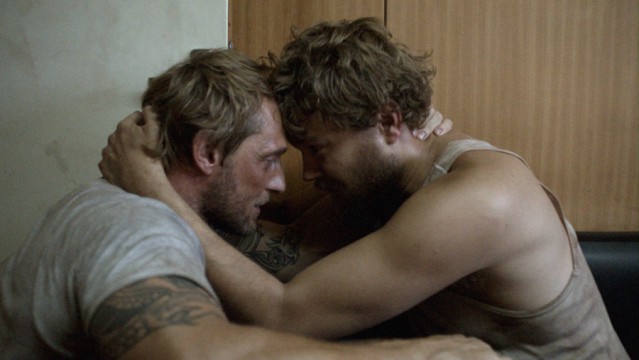
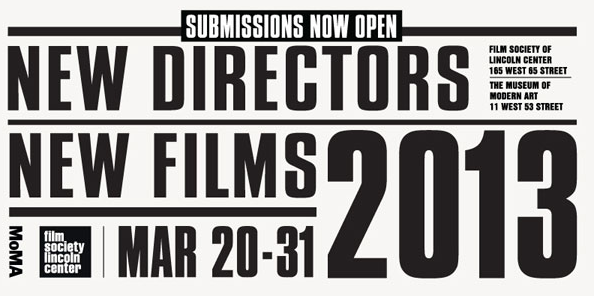

 Reply With Quote
Reply With Quote

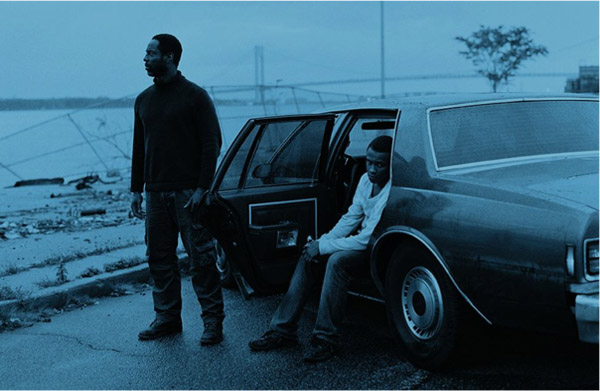
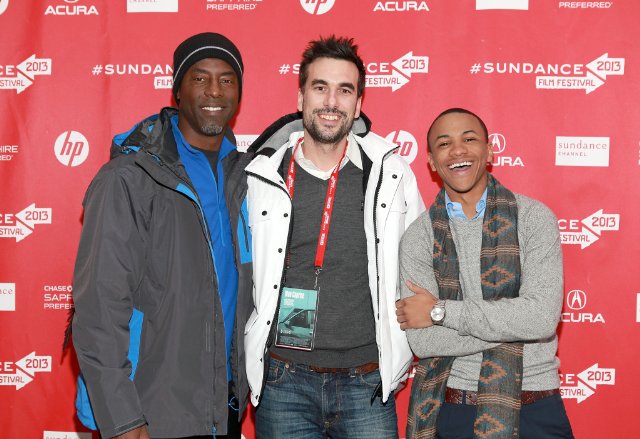
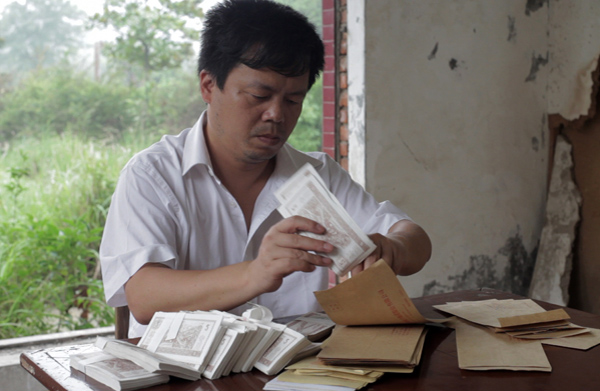
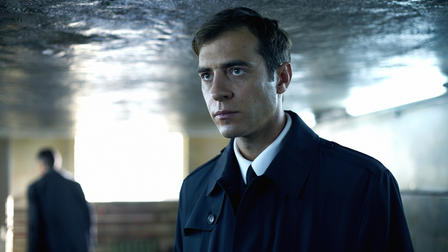

Bookmarks